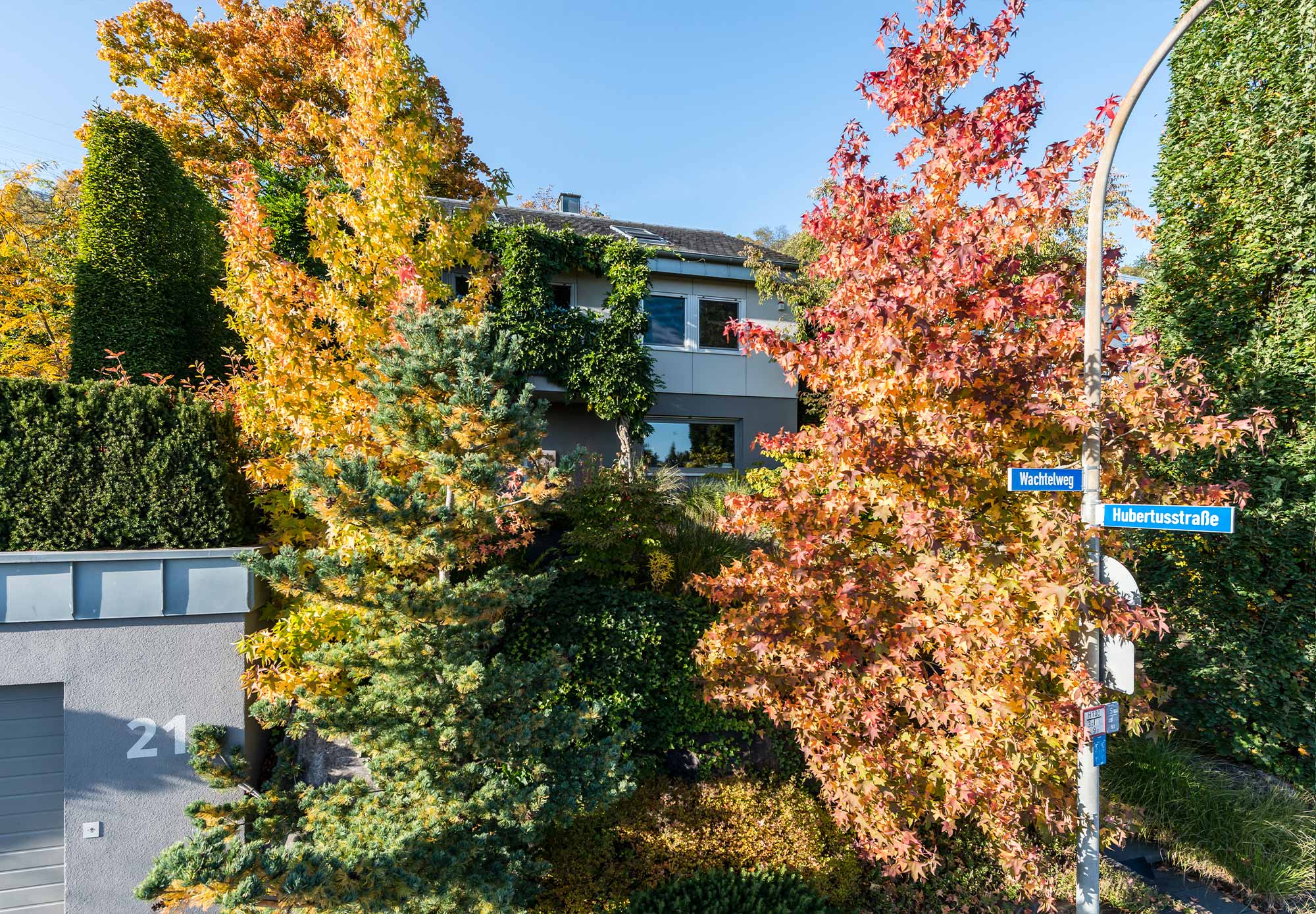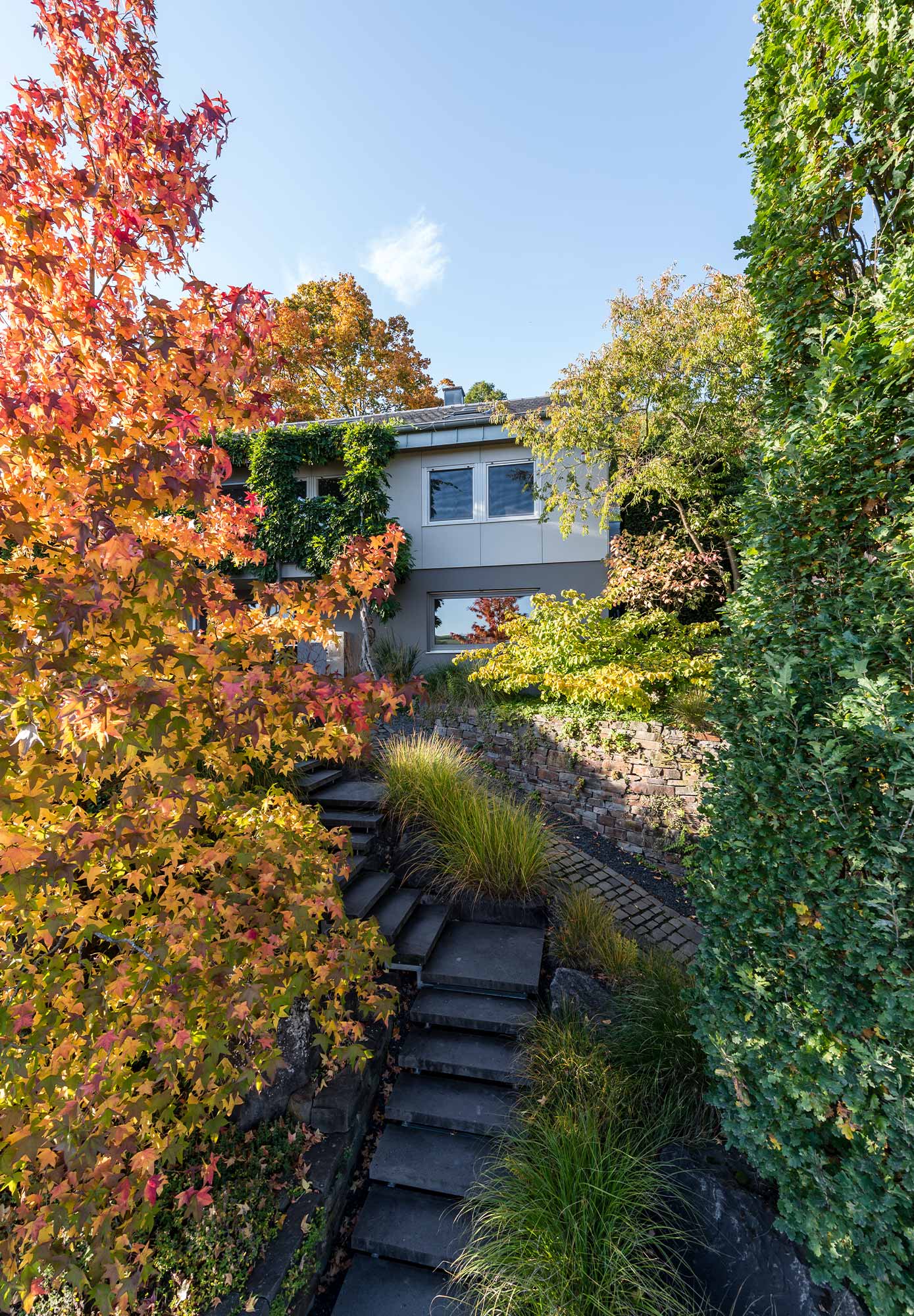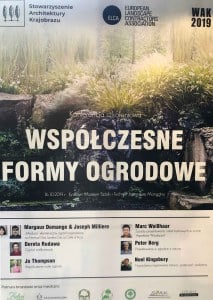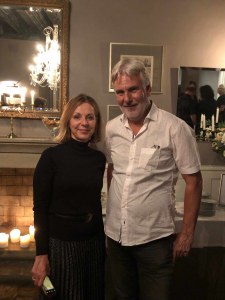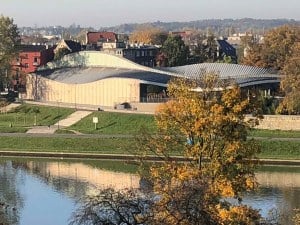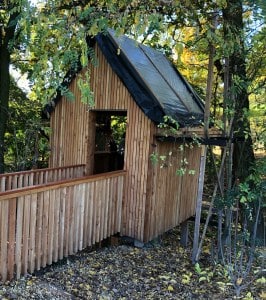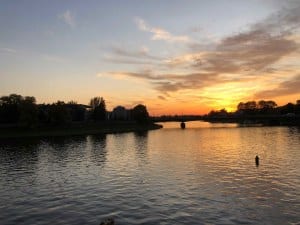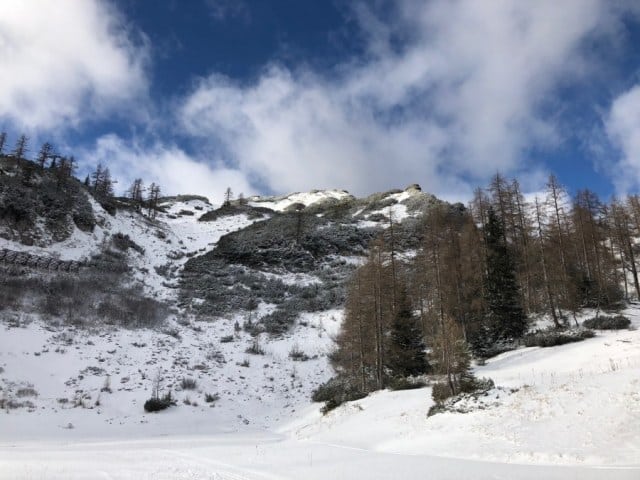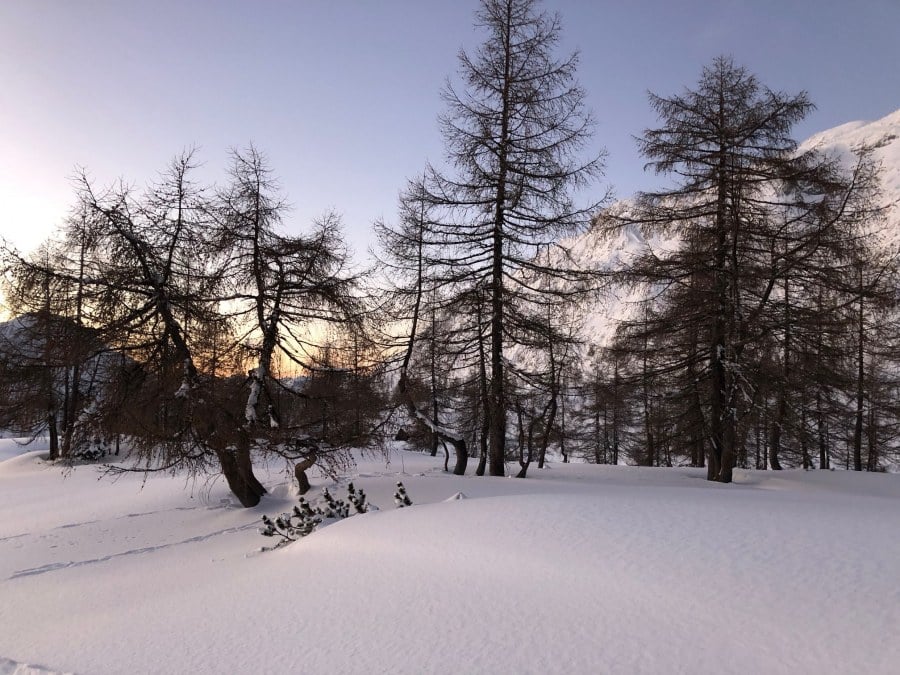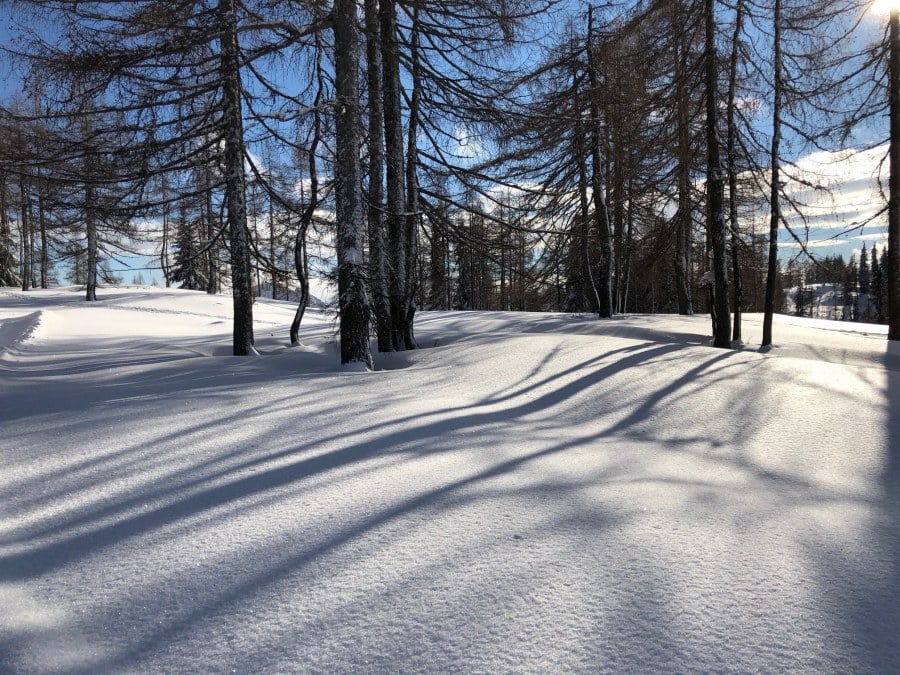The stage for the house – the front garden
The front garden, designed with plants, is an optical highlight for every property, not only in the warm season. With a well-thought-out planting, this plot area becomes an effective presentation area. And this completely naturally and all year round. A combination of perennials, grasses and shrubs forms a perfect stage with added value, explains Peter Berg.
Indicators of the seasons
Of all the plants, trees and shrubs show us the seasons most clearly. They fulfil important functions at all times. Due to the lack of leaves, they let the full sun through in winter and show us their picturesque bark and structure. In spring their fresh green is a balm for our soul and lets us breathe a sigh of relief at their sight. “In summer they provide shade and reduce the ambient temperature. At the same time they store water and provide moisture,” explains the expert. With the use of mild autumn light and the reduction of photosynthesis, the leaves discolour. Now these power plants reward us with a fireworks display of colour that even surpasses the effect of perennials and grasses in summer.
The slower the development, the more valuable the wood
It is interesting to note that the slow-growing and particularly valuable woody plants also show special autumn colours. The family of the witch hazel family can be mentioned here as an example and dominates the front garden of Peter Berg. Two amber trees, an ironwood bush and a witch hazel stand here in a small area. This variety is completed by dogwood, girl’s pine and rock pear. “If you have the right shrubs and grasses in your front garden, you will be rewarded with a special fireworks display of colour in autumn,” enthuses the garden designer.

